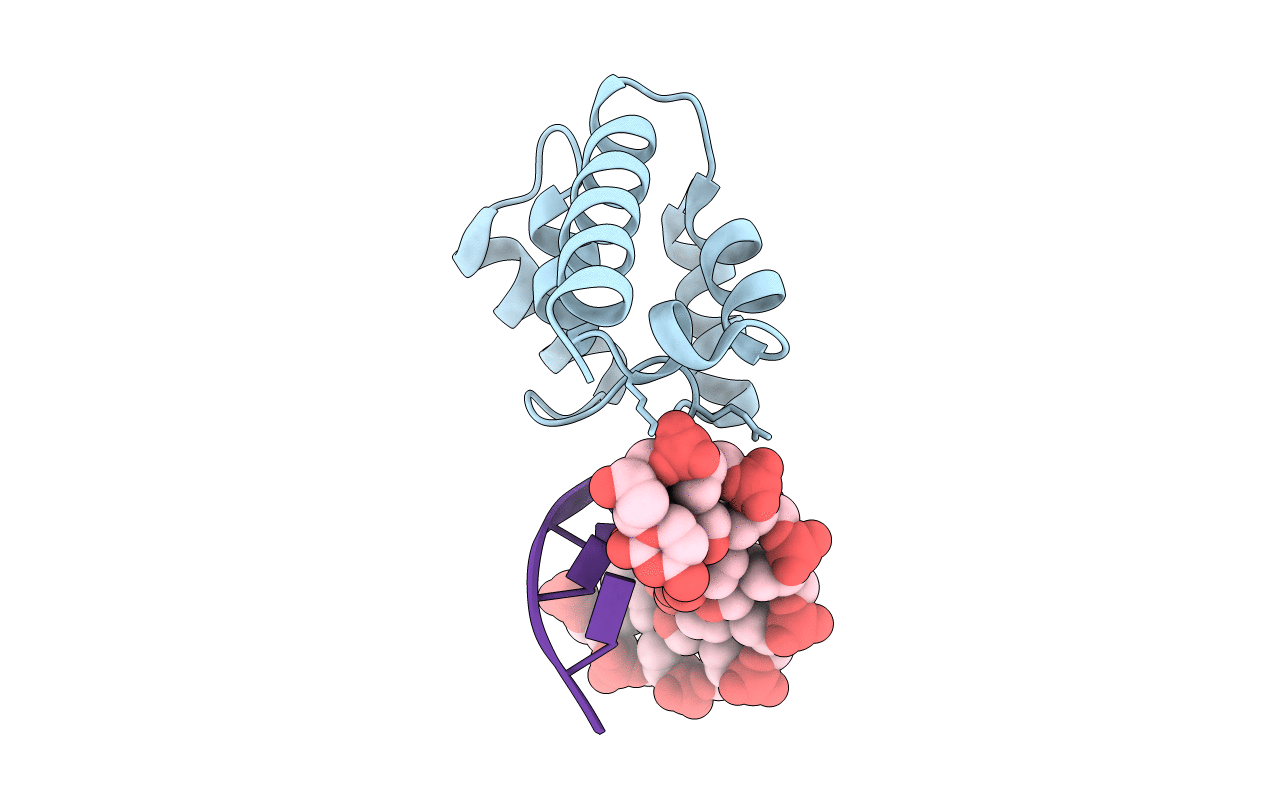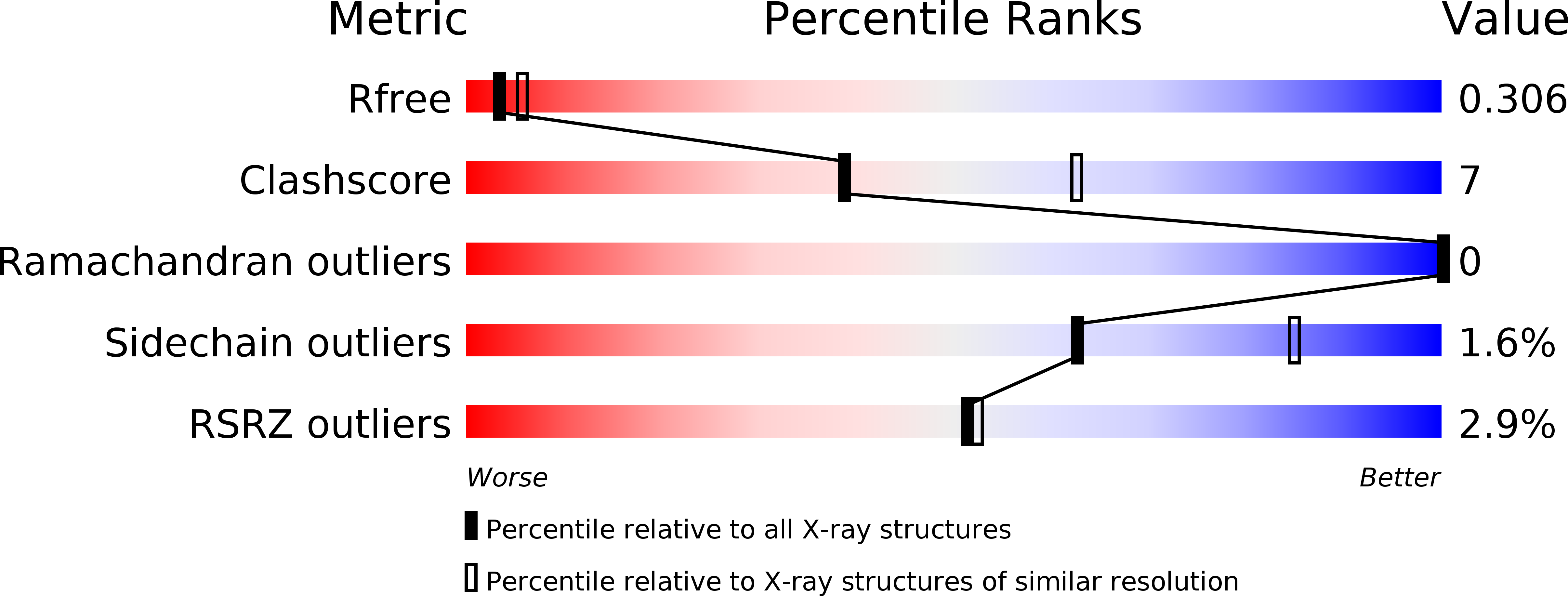
Deposition Date
2013-01-18
Release Date
2013-03-27
Last Version Date
2024-11-27
Entry Detail
PDB ID:
4ITQ
Keywords:
Title:
Crystal structure of hypothetical protein SCO1480 bound to DNA
Biological Source:
Source Organism:
Streptomyces coelicolor (Taxon ID: 100226)
Host Organism:
Method Details:
Experimental Method:
Resolution:
2.70 Å
R-Value Free:
0.31
R-Value Work:
0.26
R-Value Observed:
0.26
Space Group:
C 2 2 21


